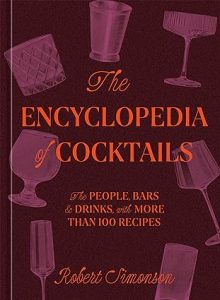Rich AF
₦20,000.00When Vivian Tu started working on Wall Street fresh from undergrad, all she knew was that she was making more money than she had ever seen in her life. But it wasn’t until she found a mentor of her own on the trading floor that she began to understand what wealthy people knew intuitively—the secrets to beating the proverbial financial game that has, for too long, been male, pale, and stale.
Building on the lessons she learned on Wall Street about money and the markets, Vivian now offers her best personal finance tips and tricks to readers of all ages and demographics, so that anyone can get rich, whether you grew up knowing the rules to the game or not. Vivian will be your mentor, dispensing fresh, no-BS advice on how to think like a rich person and create smart money habits. Throughout the pages of Rich AF,Vivian will break down her best recommendations to help you:
Maximize your earnings to get more out of your 9-to-5
Understand the differences between savings accounts, and where you should keep your money
Identify the tax strategies and (legal) loopholes you need to retire in style
Overcome investing fears to secure wealth for generations
And much more!
Rich AF will equip readers with the tools and knowledge to not only understand the financial landscape, but to build a financial strategy of their own. And with Your Rich BFF at your side, you’ll be able to start your financial journey already in an affluent mindset, making the most of your money and growing your wealth for years to come.
















